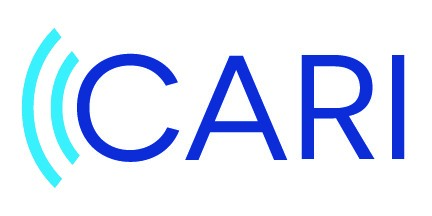As we increasingly rely on internet-connected technology across many aspects of daily life, we also face increased risks of technology-facilitated abuse (TFA). In the U.S., 7 in 10 young adults report that they have experienced TFA, although there are substantial gaps in the public understanding that certain experiences constitute TFA. Surveillance, financial abuse, reputation harm, controlling behaviors – the range of abusive behaviors that humans can come up with is expanded through technology, including the potential to commit physical harm.
People experiencing TFA may ask a range of professionals for help. The Safety Net Project has created a set of toolkits to help survivors of TFA get help. Assistance is available to address victim confidentiality, tech safety tips and documentation through apps, and related health needs. Criminal justice may be sought through law enforcement or legal aid (see also the Cyber Civil Rights Initiative for information about state laws or to connect with an attorney regarding image-based abuse).
Professionals themselves – in healthcare, technology services, victim services, and criminal justice – must be educated about TFA as well, as survivors ask for help. We took a look at who, among young adults ages 18-35, is seeking professional help for TFA in the U.S.
Main Take-Aways
The majority of young adults (>70%) who have experienced TFA do not actively seek help from professional sources.
For those survivors who do reach out, tech support is consulted most often (30%), following by criminal justice/legal assistance (20%), health care professionals (16%), and victim services (11%).
The type of professional help sought varies according to the survivors’ gender identity, ethnicity or race, and age as well as the survivor’s relationship with the perpetrator of the abuse.
There are many thousands of individuals in the U.S. experiencing TFA every year who do not get professional help – professionals should review their protocols to meet TFA needs.
Among all TFA victims (in a nationally representative sample of 1,215 young adults ages 18-35), those who experienced threats offline, physical harm, and showed signs of PTSD were more likely to seek help. The study also found that TFA victims who looked for help mainly sought technological aid, followed by legal support, unless the person causing harm was a current or former partner.
Policy implications: Professional practitioners across multiple sectors may use these results to consider enhancing their training, administrative, or clinical protocols relevant to actively supporting young adults who may have experienced TFA.
Project Contact
Explore the Project
Suggested Citation
Mumford, E. (2023, August 23). Help-Seeking Services & Support for Technology-Facilitated Abuse. [Web blog post]. Goal: Resilience. Retrieved from https://goalresilience.norc.org.
Funding Sources
U.S. DOJ Office of Violence Against Women (OVW)
